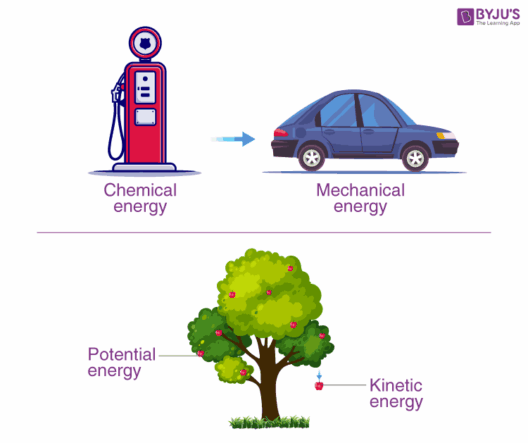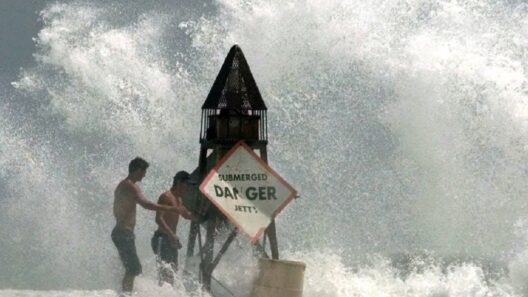Rising sea levels are an alarming manifestation of climate change, where the inexorable encroachment of oceans threatens the very fabric of life on Earth. This phenomenon, largely driven by the melting of polar ice caps and glaciers, coupled with the thermal expansion of seawater as it warms, poses multifaceted challenges that reverberate through ecosystems, human societies, and global economies. It is imperative to delve into the intricate web of negative impacts that rising sea levels impose on our environment.
The aesthetic allure of coastal vistas masks an impending crisis, as picturesque shorelines face obliteration from relentless waves and surging tides. The beauty of a serene beach at sunset belies the tumultuous alterations driven by climate change. Let us examine the stark realities that arise from this impending threat.
The genesis of rising sea levels is rooted in climatic upheavals, primarily linked to fossil fuel consumption and the resultant greenhouse gas emissions. The inexorable rise in global temperatures leads to cascading effects that can no longer be ignored.
Coastal Erosion: Nature’s Relentless Demise
One of the most immediate consequences of rising sea levels is coastal erosion—a phenomenon that rapidly transforms dynamic shorelines into barren landscapes. As oceans inch closer to land, beaches and estuaries face the wrath of relentless waves, resulting in significant land loss. This erosion not only devastates picturesque habitats but also undermines the very infrastructure that communities depend upon.
In areas where human intervention has sought to tame these natural processes, the results can be dire. Jetty constructions designed to protect harbors may inadvertently accelerate erosion downstream, revealing the intricate balance of nature. Communities surrounding such environments are left in precarious positions, pondering the loss of not only land but also cultural significance. The stories etched in the sandy shores of time are being washed away, leaving behind fragmented histories.
Saltwater Intrusion: The Threat to Freshwater Resources
As sea levels rise, another insidious consequence emerges—saltwater intrusion. Coastal aquifers, the lifeblood of freshwater supply for many communities, become increasingly compromised as seawater infiltrates these crucial resources. This contamination poses profound challenges for agriculture, drinking water, and ecosystems that depend on freshwater habitats.
Imagine the ramifications: farmers are faced with salinated soil unfit for cultivation, leading to dwindling crop yields. Communities find their wells drawing in saline water, forcing them to seek alternatives that may not be readily available. The very foundation of food security frays at the seams, amplifying food scarcity concerns and creating ripple effects that may extend far beyond coastal regions.
Displacement and Climate Refugees: The Human Cost
As sea levels continue to rise, the specter of displacement looms large. Coastal communities, particularly those in low-lying areas, become increasingly vulnerable to flooding and storm surges. The prospect of having to abandon one’s home in the face of relentless encroachment of the ocean is not a mere statistic; it is a tangible crisis that weighs heavily on human dignity and societal stability.
The designation of “climate refugees” emerges from this ominous interplay between environmental degradation and human migration. Communities grappling with the loss of their homes face an uncertain future, and as they seek refuge elsewhere, tensions may arise with host populations. This kind of demographic shift can exacerbate existing social disparities and strains, as resources become scarce, leading to potential conflict.
Biodiversity: The Extinction Crisis Unfolds
Beyond the devastating impacts on human life and infrastructure, rising sea levels catalyze dire consequences for biodiversity. Coastal wetlands, which serve as crucial sanctuaries for innumerable species, become increasingly jeopardized as saline waters encroach upon their borders. The delicate balance of these ecosystems, often teeming with life, faces disruption as flora and fauna are forced to adapt or perish.
The aesthetic appeal of vibrant coastal ecosystems is matched only by their ecological significance. Mangroves and salt marshes act as vital buffers, protecting shorelines and hosting a plethora of wildlife. However, as they succumb to rising tides, the intricate relationships between species begin to fray, resulting in cascading effects on food webs and habitat connectivity. The loss of biodiversity is an irretrievable tragedy that will echo through generations.
Climate Feedback Loops: The Vicious Cycle
The narrative of rising sea levels is compounded by the existence of feedback loops within our climate system. As polar ice melts and ocean waters warm, the resulting changes further exacerbate climatic conditions, creating a cycle of escalating threats. This interconnectedness serves as a stark reminder that our actions—particularly the emissions driving climate change—create consequences that transcend geographic boundaries.
In this complex dance between natural processes and human actions, the urgency to address rising sea levels becomes clear. The beauty of our planet is intertwined with its fragility, and rising oceans illustrate a profound warning that demands immediate attention and action.
As we confront the multifarious negative impacts of rising sea levels on the environment, it is essential to cultivate a collective consciousness that acknowledges our role in this existential crisis. From implementing sustainable practices to advocating for effective climate policies, every individual can contribute to mitigating this looming threat. The time to act is now, as the landscapes we cherish must be safeguarded against the relentless march of the tides.







